Examine renewable and nonrenewable energy sources, including wind energy, hydro energy, solar energy, natural gas, oil, and coal with a pair of printable posters.
What is a Renewable Energy Source?
Looking for a fun and educational way to teach kids about energy sources? Look no further than our printable set of posters! With colorful designs and easy-to-understand explanations, these posters are the perfect way to introduce young learners to renewable and nonrenewable energy concepts. From solar power to fossil fuels, your students will better understand where our energy comes from and how we can work towards a more sustainable future. Three types of renewable energy are
Wind Energy
Wind power involves converting wind energy into electricity by using wind turbines. The wind rotates the wind turbine’s blades, which are connected to an electrical generator. The electrical generator converts the spinning turbine’s motion (kinetic energy) into electricity.
Hydro Energy
Hydro systems convert the flow of water into electrical energy. Like wind turbines, hydro systems rely on underwater turbines rotated by water flow. An electrical generator converts the spinning turbine’s motion (kinetic energy) into electricity.
Solar Energy
Solar power is clean electricity created from sunlight or heat from the sun. Solar photovoltaic or solar thermal systems primarily capture solar energy. Solar photovoltaic panels convert solar energy into electricity, while solar thermal systems can be used to heat water.
What is a Nonrenewable Energy Source?
Nonrenewable energy refers to finite energy sources that cannot be replenished on a human timescale. These energy sources include fossil fuels like coal, oil, and natural gas, formed over millions of years from the remains of plants and animals. Once these nonrenewable resources are extracted and used, they cannot be replaced, and their supply will eventually run out. Three types of nonrenewable energy sources are
Oil
Oil reservoirs can be found inland (onshore) or under the sea bed (offshore), thousands of meters deep. Wells are drilled into the pools, and the pressure can naturally force the oil to the surface, or the oil may need to be pumped to the surface. The oil is then refined into petroleum products such as petrol, diesel, and kerosene.
Natural Gas
Natural gas is found in rock reservoirs underground or deep in the ocean. It can be used to generate electricity in gas-fired power stations. The gas is combined with air, burned in a combustion chamber, and compressed to produce combustion gas. This high-pressure gas expands through a turbine. An electrical generator converts the kinetic energy of the rotating turbine into electricity.
Coal
Open-cut or underground mining techniques mine coal. It is crushed into a fine powder and burned in a furnace to generate heat and produce high-pressure steam. The steam is used to turn a turbine and drive a generator that converts the kinetic energy into electricity.
Download and Print
This resource downloads as a quick-print PDF file. Click the download button to download your new classroom anchor charts.
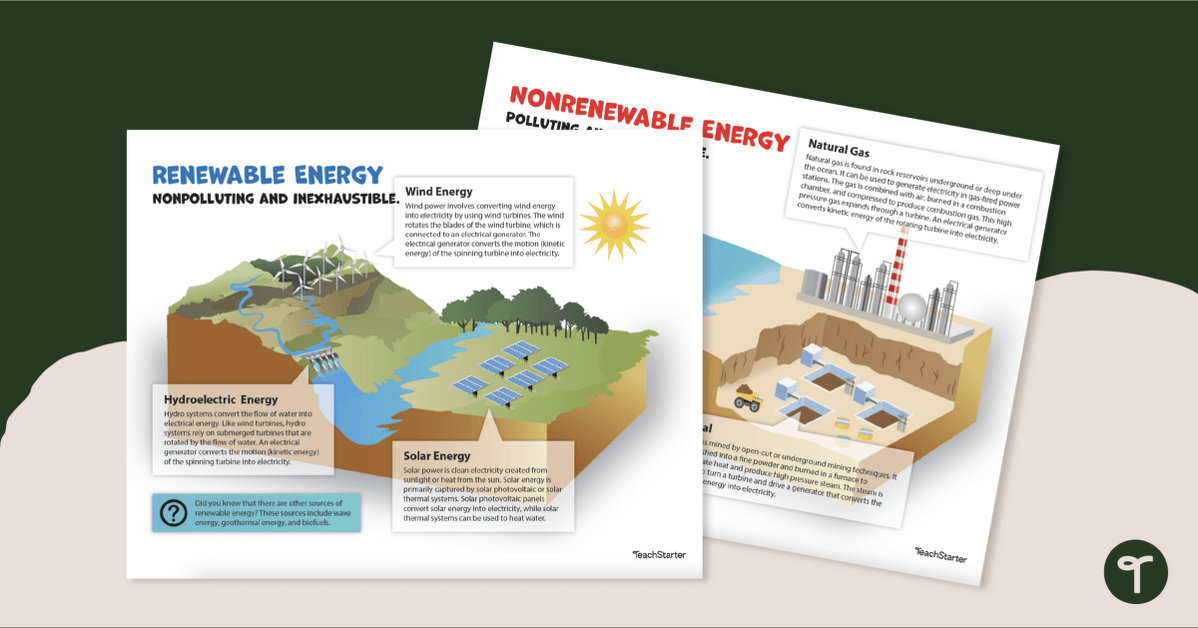

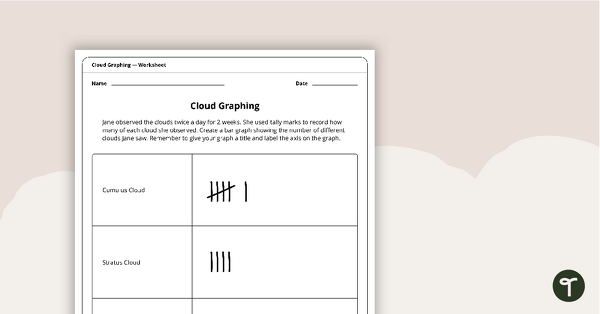
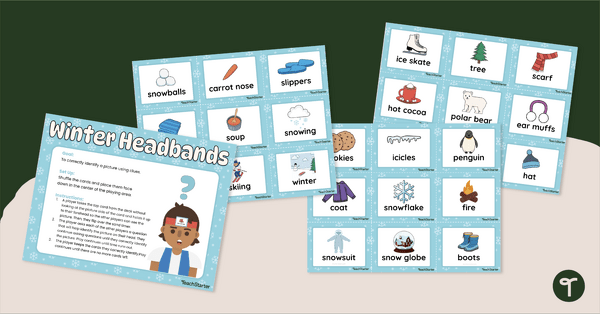
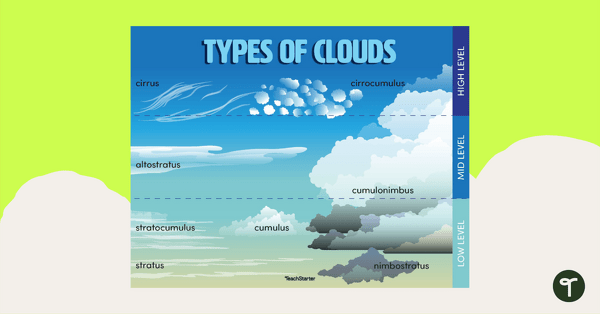
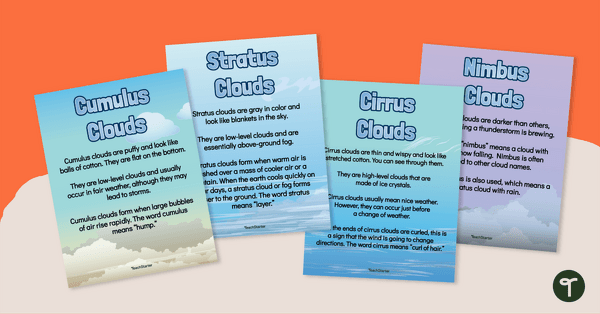

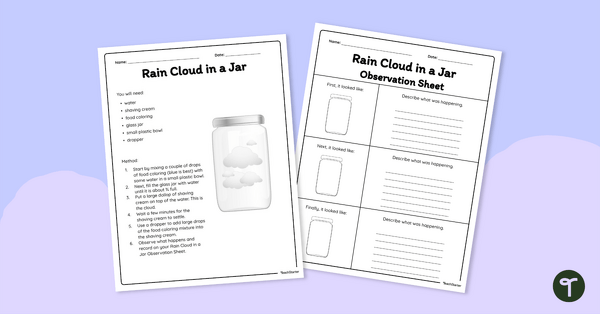
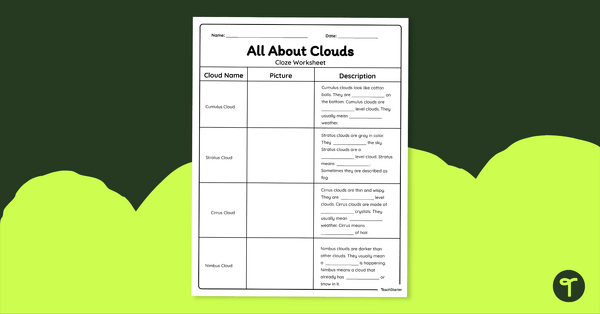
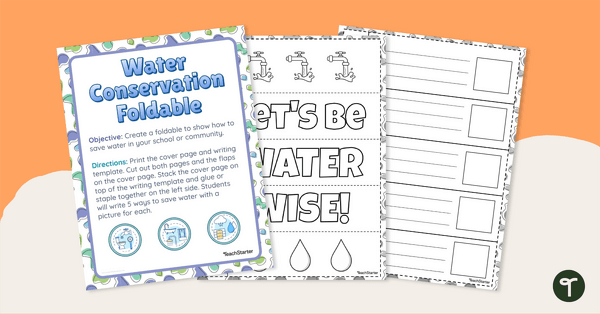
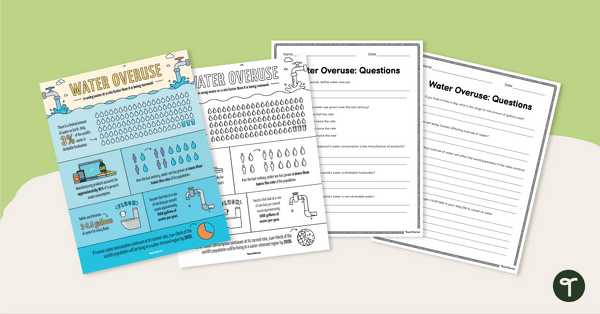
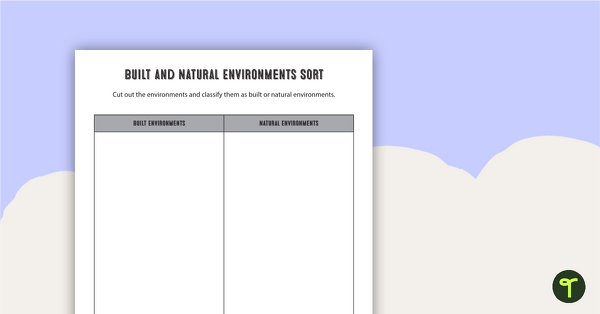
0 Comments
Write a review to help other teachers and parents like yourself. If you'd like to request a change to this resource, or report an error, select the corresponding tab above.